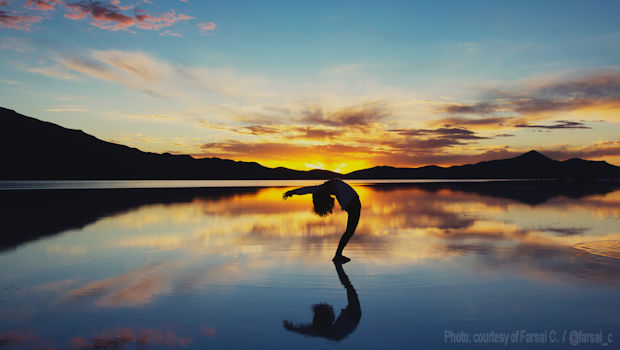
When to visit the Salar de Uyuni Salt Flats of Bolivia?
It has been a while since we could tout this, but one of Earth’s greatest natural spectacles occurs every year in Bolivia from December until March when the Uyuni salt flats are flooded by seasonal rains to form the worlds largest mirror.
Want to experience it? You can!
The Desaguadero and the Kasani border crossing with Peru are open again. That means travelers can once again do the Cusco — Puno — Titicaca — La Paz — Uyuni route.
This trip doesn’t just feel like you’re in another world, but in another dimension.
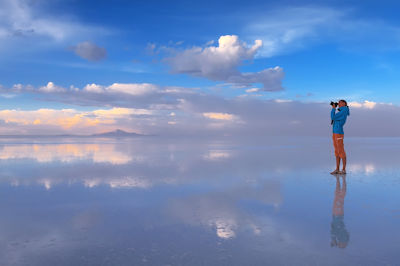
The Salar de Uyuni altiplano, at 11,890 feet (3,625m) above sea level, is one of the world’s most sought after photo ops of optical illusions — a lost horizon — set against the vast reflection of sky and clouds.
Rain gear, rubber boots and warm clothes are a must for the afternoon, when wind kicks up and temperature drops.
Protective gear for your camera against the wet salty conditions is highly recommended. For you see, the flooded salt flats kick up a corrosive, mineral laden spray that wreaks havoc on the transmissions and electrical systems of the 4×4 vehicles. That means traveling at a slow to snail’s pace, making much of the 7,500 square miles (12,000 km²) of surreal landscape impassable.
Access to amazing sites like the dormant, multicolored Thunupa Volcano, the Chiquili Cavern and the giant cactus-covered “island” of Incahuasi is greatly limited, if not completely inaccessible.
During the dry season, from May to October, the surface hardens, and the salt forms pentagonal geometric figures.
The wide-open, luminescent white expanse of salt is ‘otherworldly’ — so much so that Salar de Uyuni was a key location for Star Wars: Episode VIII – The Last Jedi. Filming took place in June 2016, to depict a Rebel Alliance base on the planet Crait.
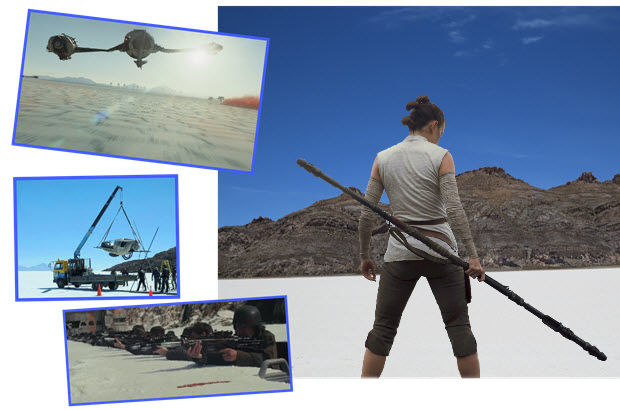
Strong sunblock and good UV protective sunglasses are a must during the dry season. Caps and safari hats can be purchased for 30 Bolivianos, around $4.30 (usd), as well as excellent, inexpensive alpaca sweaters in Colchani, main entrance point into Salar de Uyuni.
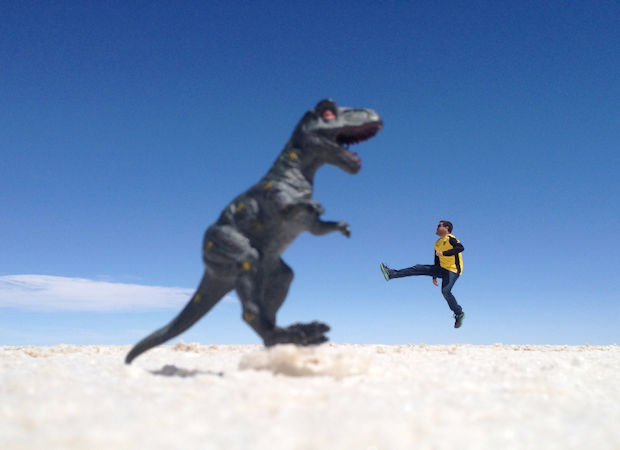
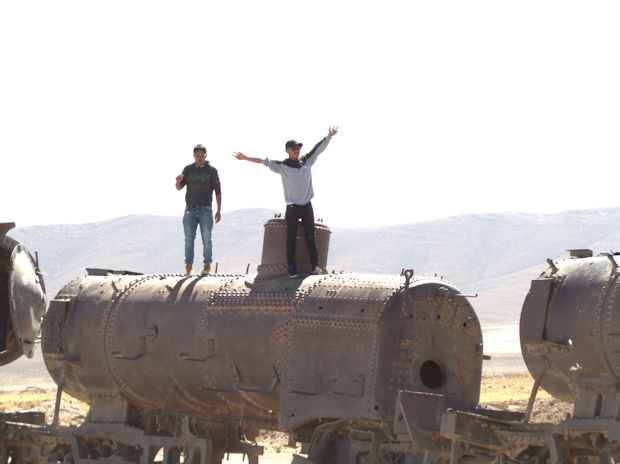
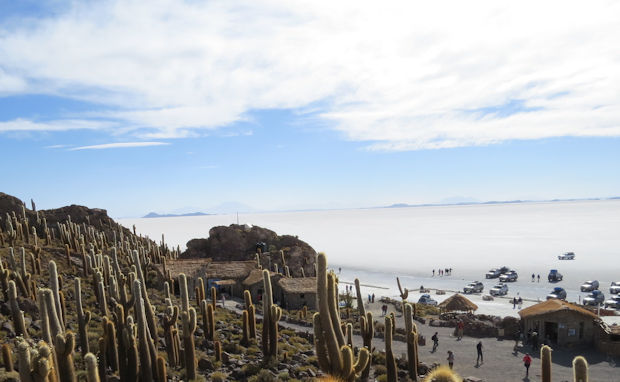
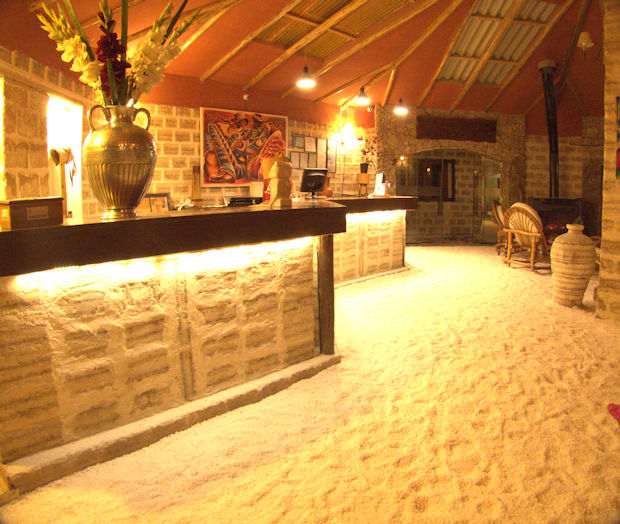
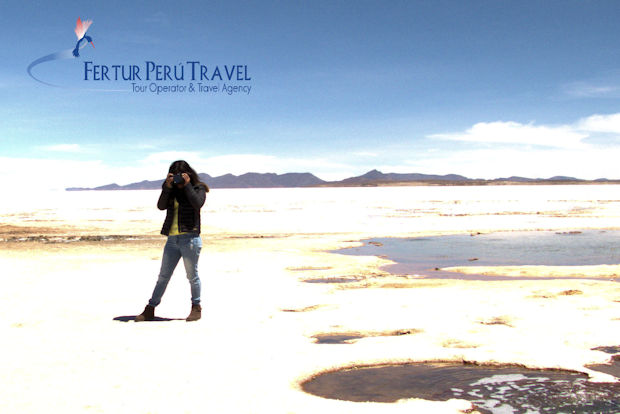
 How to prevent altitude sickness in Cusco?
How to prevent altitude sickness in Cusco? 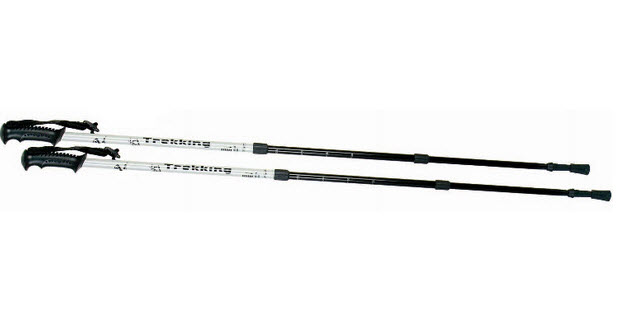 Should I use trekking poles on the Inca Trail?
Should I use trekking poles on the Inca Trail?  Get Inca Trail Reservations in Advance with Fertur Peru Travel
Get Inca Trail Reservations in Advance with Fertur Peru Travel  Why choose private tours in Peru?
Why choose private tours in Peru?